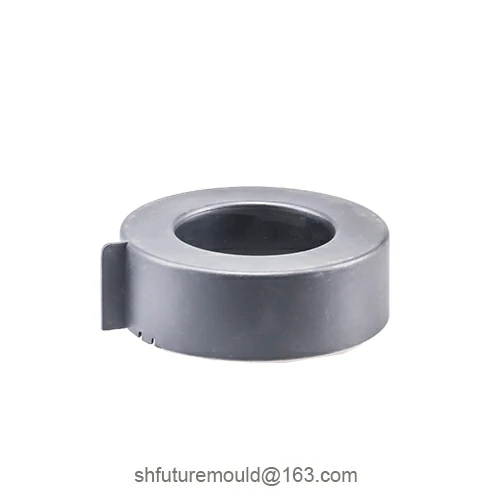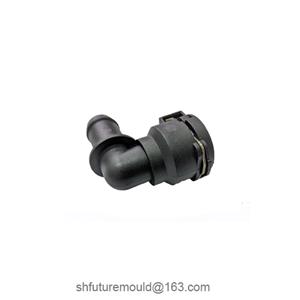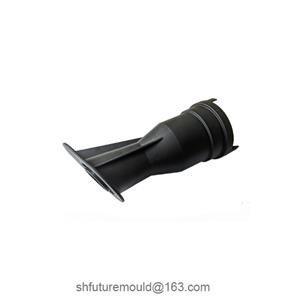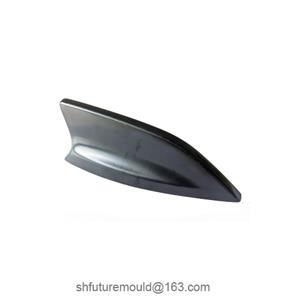The Impact of Insufficient Mold Cooling Water Flow
The sufficiency of cooling water flow in a mold significantly impacts the quality of the molded part and the mold's service life.
Effects of Insufficient Cooling Water Flow on Molded Parts:
Warpage and Distortion: Uneven cooling can induce internal stresses in the molded part, leading to warping and distortion, affecting the product's appearance and dimensional accuracy.
Shrinkage: Insufficient cooling time prevents the molded part from fully shrinking, resulting in oversized dimensions and compromised product functionality.
Residual Stress: Incomplete cooling leaves excessive residual stress within the molded part, increasing the risk of cracking or deformation and reducing product lifespan.
Increased Surface Roughness: Inadequate cooling can cause flow marks, sink marks, and other surface defects, impairing the product's appearance.
Effects of Insufficient Cooling Water Flow on Mold Life:
Excessive Mold Temperature: Insufficient cooling leads to elevated mold temperatures, accelerating the aging of mold steel and shortening the mold's service life.
Thermal Deformation: Excessive heat can cause thermal deformation of the mold, affecting the dimensional accuracy of the molded parts.
Clogging of Cooling Channels: Prolonged insufficient cooling can lead to clogging of the cooling channels, impairing cooling efficiency.
How to Determine if Cooling Water Flow is Sufficient:
Temperature Measurement: Use a thermometer to measure the mold temperature. If the mold temperature is excessively high, it indicates insufficient cooling water flow.
Inspection of Molded Parts: Inspect the molded parts for defects such as warping, distortion, shrinkage, and flow marks, as these are signs of inadequate cooling.
- Injection Mold
- Automotive Injection Mold
- Electronics & Electrical Injection Mold
- Consumer Goods Injection Mold
- Airplane Components Injection Mold
- Medical Components Injection Mold
- Irrigation Components Injection Mold
- Injection Molds




